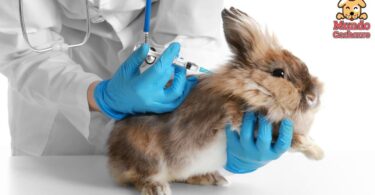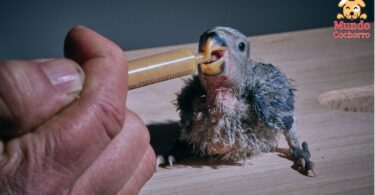If you have chosen to keep a tortoise as a pet and have been fortunate enough to witness its reproduction, it is essential that you understand how to care for your tortoise’s eggs to ensure that the hatchlings hatch in optimal conditions. In this post we tell you step by step how to proceed in this process.
Indice
When a female tortoise lays eggs, it is an exciting time, but it also brings with it additional responsibilities to ensure the welfare of the eggs and the success of the hatching. Here are some tips on how to care for your turtle’s eggs.
Caring for your turtle’s eggs
- Identify the eggs:
It is important to identify and locate the eggs as soon as possible after the female turtle has laid them. Eggs are usually small, round and white or slightly translucent. Once you have located the eggs, mark the area to avoid disturbance and protect them from predators.
- Careful handling:
Turtle eggs are fragile and can be easily damaged if handled incorrectly. Handle them carefully and avoid turning or shaking them, as this may damage the developing embryo. It is best to move the eggs using your clean hands and avoiding contact with any substance that may damage the protective membrane.
- Maintain proper humidity and temperature:
Humidity and temperature are critical factors for the successful development of turtle eggs. Depending on the turtle species, it is important to keep the eggs at a constant temperature and within a specific range throughout the incubation period. It is also important to maintain adequate humidity around the eggs to prevent them from drying out and cracking.
- Choosing the right substrate:
The substrate in which turtle eggs are incubated must be suitable to retain moisture but also allow gas exchange. Substrates such as vermiculite, perlite or wet sand are common choices for hatching turtle eggs. Make sure the substrate is clean and free of any substances that may be harmful to the eggs.
Supervision
During the incubation period, it is important to regularly monitor the eggs to ensure that they are developing properly. This may involve checking humidity and temperature, as well as visually inspecting the eggs for signs of development, such as changes in color or shell texture.
As the hatching date approaches, it is important to be prepared to care for the newborns. Make sure you have an adequate and safe space for the neonates, with access to water and adequate food. It is also important to provide a warm, protected environment so that newborns can gradually acclimate to their new surroundings.
Taking care of this process for your tortoise can be a rewarding experience, but it also requires time, patience and care. By following these tips and paying attention to the specific needs of your turtle species, you can increase the chances that the eggs will develop successfully and hatch healthy and strong.
Image courtesy of https://pixabay.com, all rights reserved.







